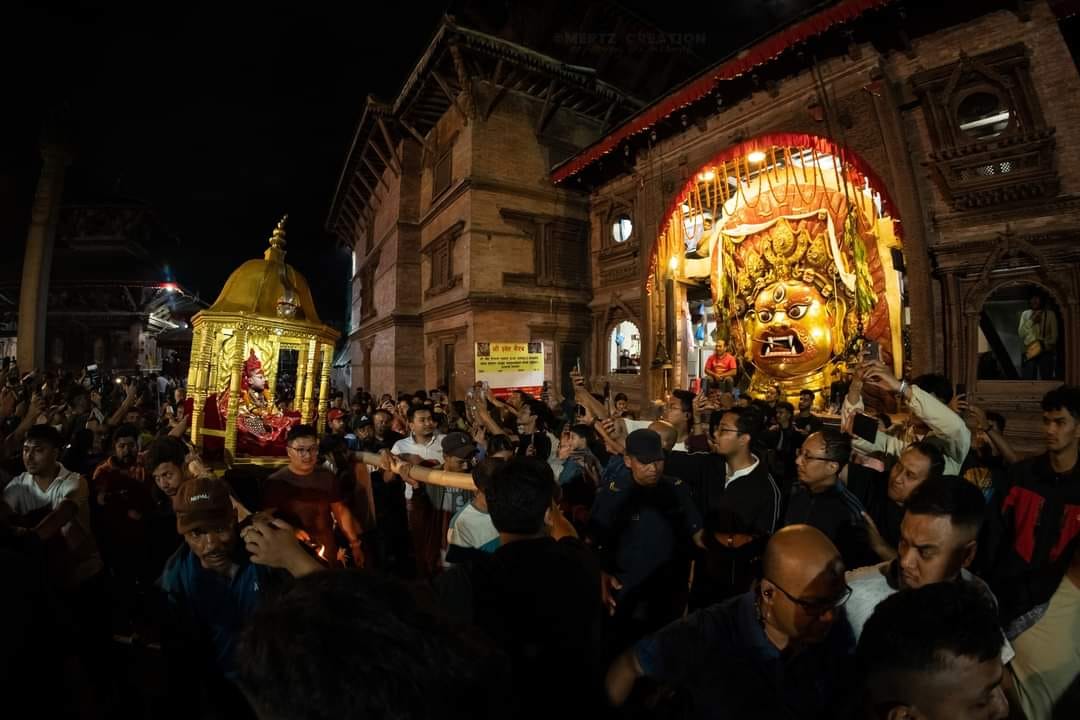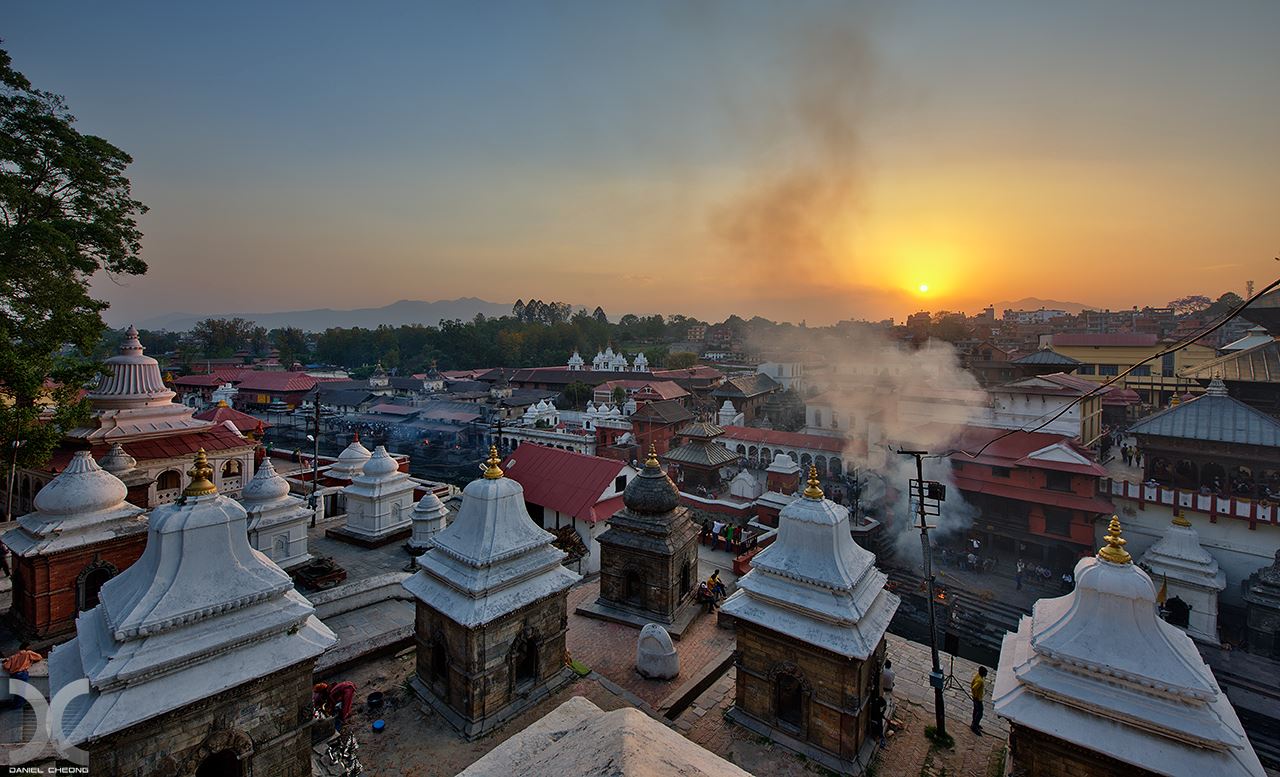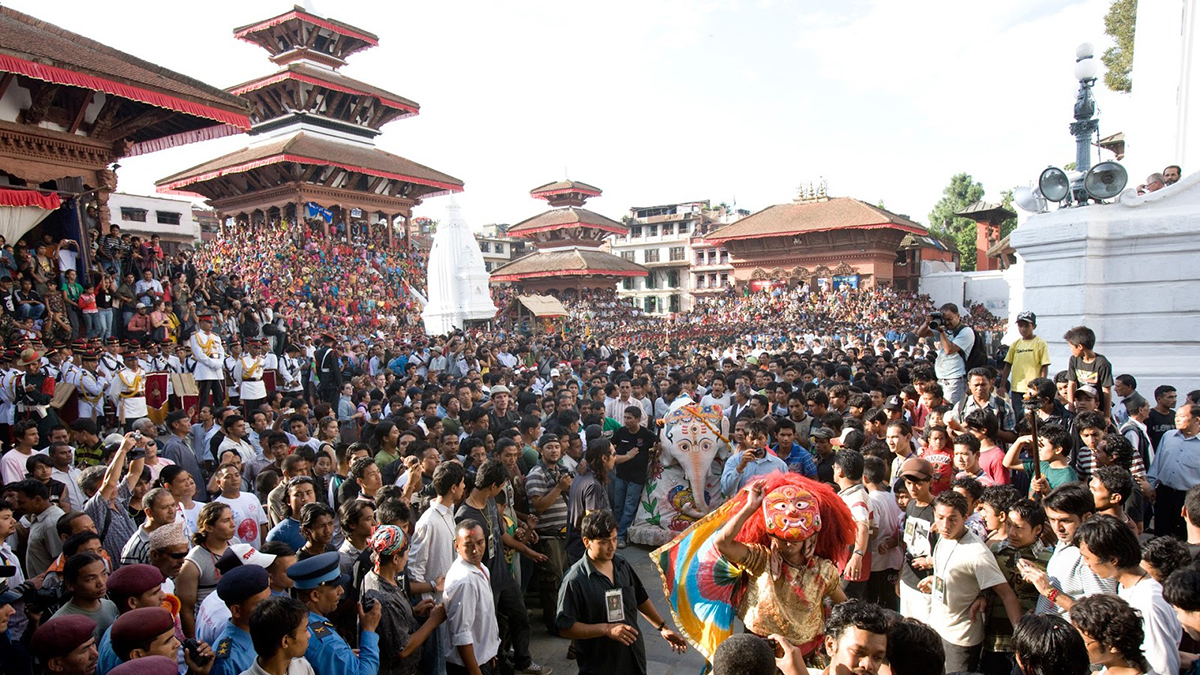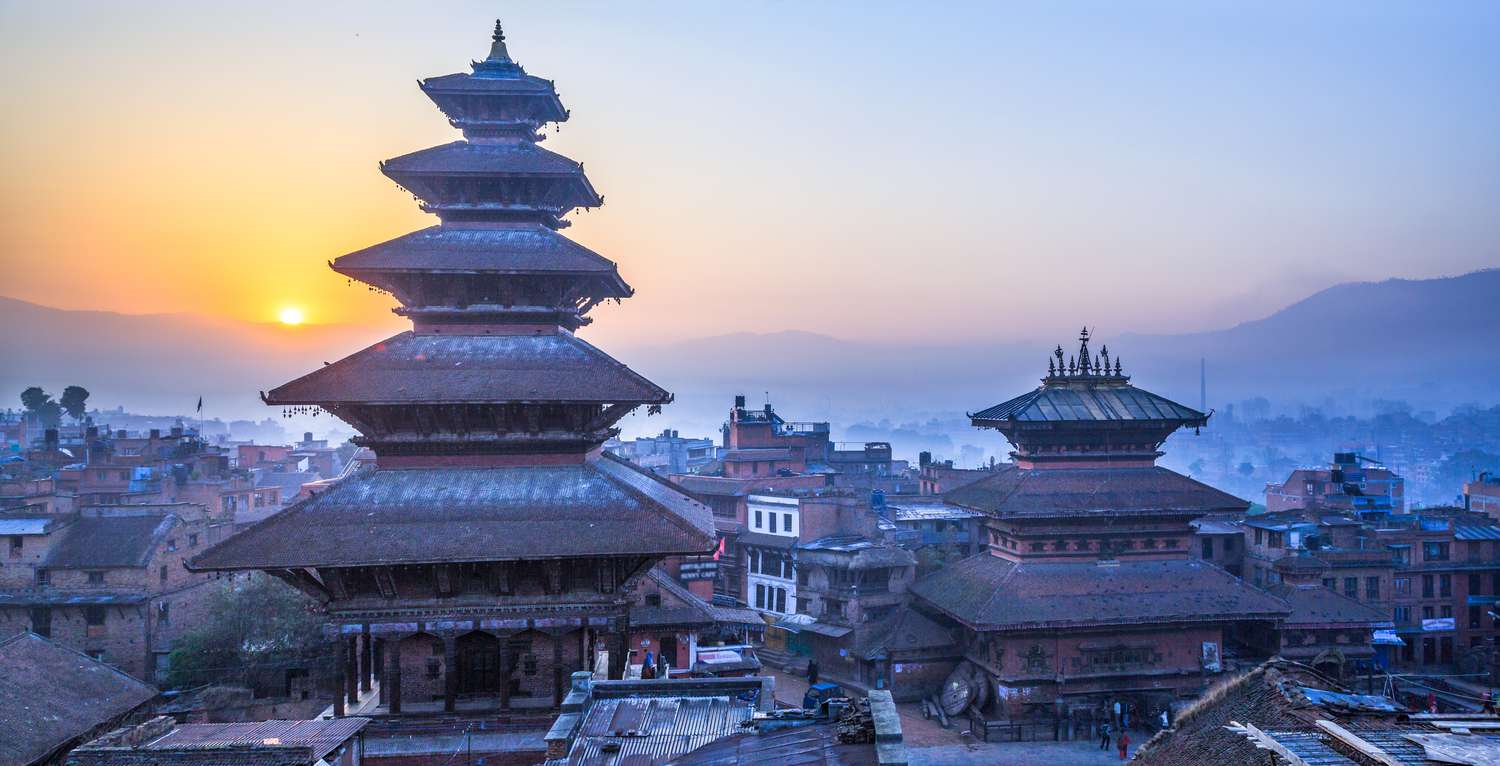Unveiling the Rich Cultural Heritage of Nepal's Sacred Temples
Namaskar and warm greetings from Himalaya. Let’s Explore Nepal’s rich cultural heritage and sacred destinations. This blog article focuses on World Heritage sites, popular Hindu temples, and Buddhist monuments. Cultural significance has a higher value in people’s life in Nepal. These monuments are not only places of spirituality and worship but also showcase the marvelous architecture of Nepali art and culture. We start Pashupatinath temple as our first destination.
Pashupatinath temple is located on the bank of the holy river Bagmati which is eastern outskirts of Kathmandu City. Pashupatinath is the national deity of Nepal which is one of the sacred Hindu pilgrimage sites in the world. Pashupatinath is a UNESCO World Heritage site and has fine wood carvings in the multi-story temple and stone sculptures in its surroundings. The goddess art was followed by erotic art carved in wooden frames that can observe in the temple’s Tudal. These arts and sculptures have significant meaning in Hindu tradition which is strictly followed by people. Lord Shiva is considered a destructor deity and is seen in several images around the premises. These images explain the creation and its continuation. The other important thing is a live cremation ceremony on the bank of the Bagmati River.
Bouddhanath Stupa: Kathmandu Valley has seven destinations listed as UNESCO heritage sites, Bouddhanath is one of them located East-North of Kathmandu city. The ancient traders from Tibet used to follow a route through Bouddhanath as they used to go to India for trade. For centuries, Tibetan traders used this route, resulting in the influence of Tibetan Buddhism around Bouddhanath. The prayer flags, magnificent white dome, and spinning prayer wheel draw the attention of devotees.
Swoyambhunath Temple: The second popular destination of the Buddhist community is Swoyambhunath temple(stupa) which is popular as the Monkey Temple. This sacred pilgrimage site is located at the top of Swoyambhunath Hill. Swoyambhunath Stupa has ancient stories and myths regarding its origination and it is believed that the temple is more than 2000 years old. Swoyambhunath stupa has a plinth on which a beautiful white dome resides, above that is a cubical structure (square chamber) painted with the eyes of Buddha in all four directions. There are Pentagonal Toran into which the various postures of Buddha have been engraved. On the top of the temple, there is a pinnacle that represents the sky. The surroundings of the Swoyambhunath stupa have abundant carvings and prayer wheels, and the fluttering colorful prayer flag while monkeys create wonderful surroundings for the visitors.
Muktinath Temple: Muktinath temple is a significant temple for both Buddhists and Hindus around the world. Muktinath is located in the Mustang district in the lap of the Annapurna Himalayan range. The surroundings of Muktinath are so lively that everyone feels spiritual on its premises. There are 108 water spouts where people take holy baths to get liberation.
Nepal is a holy place that holds spirituality in every corner. We continuously provide information about sacred places of Nepal in coming blog articles.
Recent Article
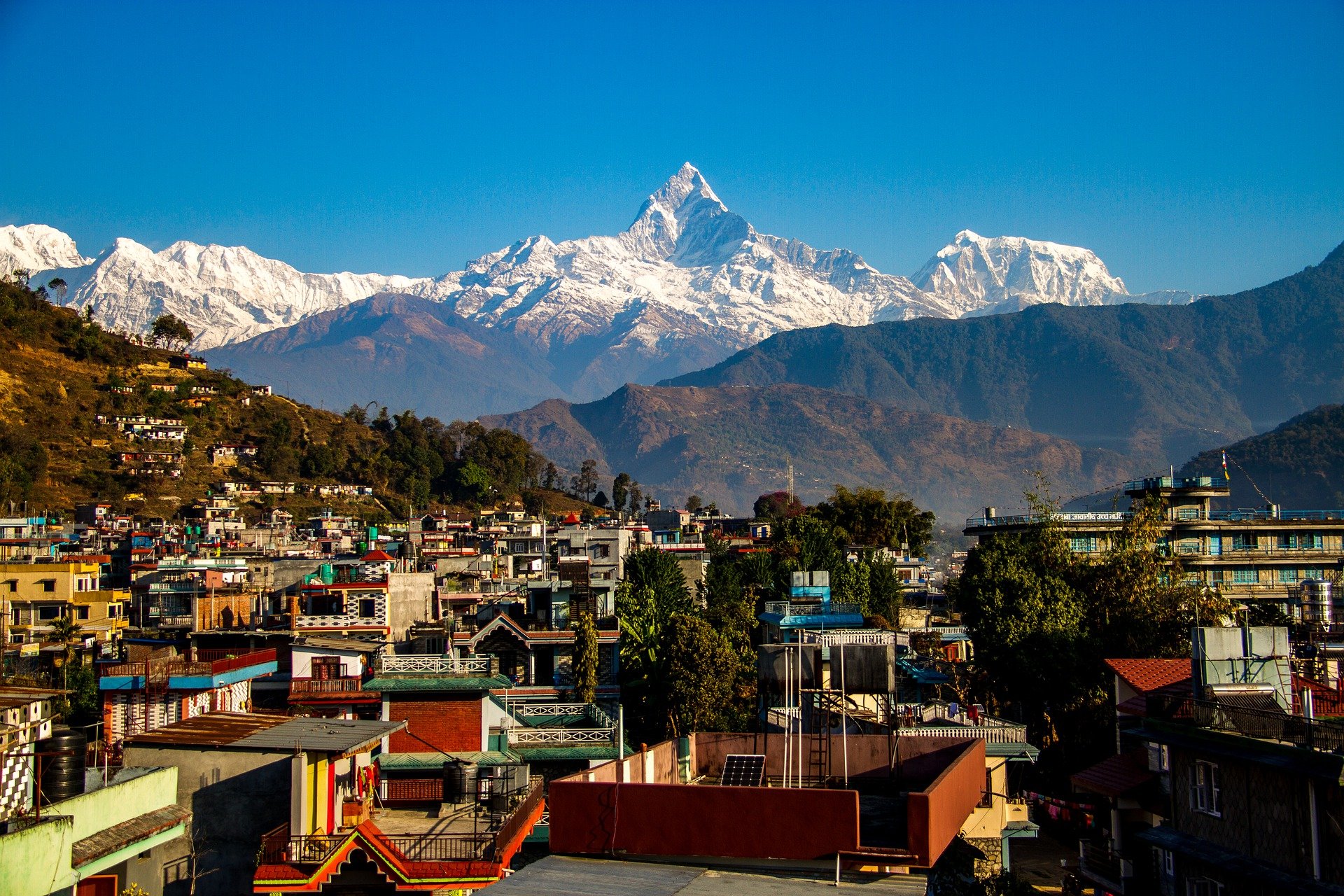
A Journey through Pokhara Valley: Unleashing the Adventure Within
10 months ago | Pokalde AdventureThe Pokhara Valley tour is exhilarating, making a Pokhara special destination in Nepal. Pokhara Valley was isolated from the Capital city during the 60s as no roadways connected this beautiful Valley.
